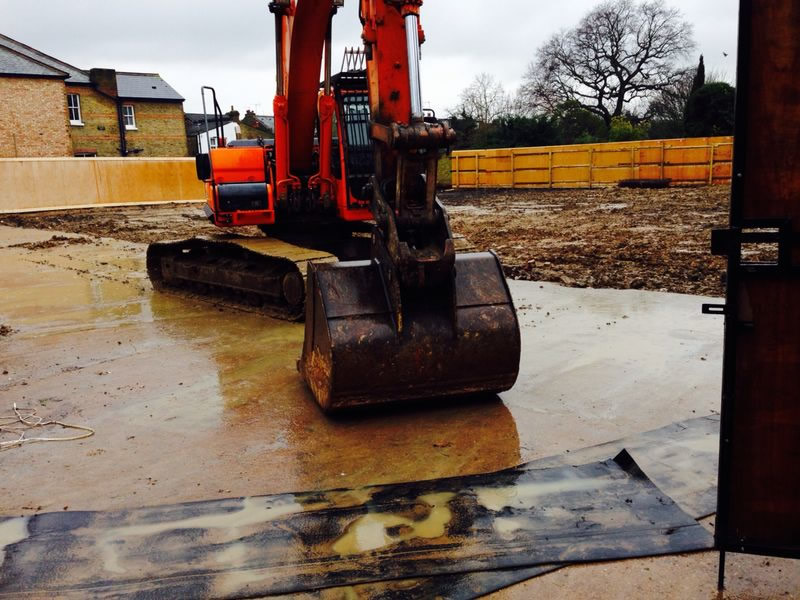One question everyone planning a basement construction asks is: “How long will it take?” Obviously, this depends on the scale of the project and whether it is a new-build, beneath an existing property or a basement extension under adjoining land. One thing is certain, however: it is a lot quicker than it used to be.
A cubic metre of soil can weigh one and a half tons, but modern excavators can move in a single day quantities that would once have taken teams of men many weeks.
Although 3 to 5 months is a more typical timeframe, if everything can be professionally planned and requisitioned in advance, it is possible to complete the heavy construction part of a build in as little as a month. Specialist basement companies in London come with two assets ordinary building contractors do not: the experience to foresee all the planning complications and building issues in advance and the ability to mobilise the heavy equipment (and operators) on the day when they are going to be needed.
Without modern technology and specialised heavy equipment, many basement conversions would not be possible at all.
Heavy Machinery
There are literally hundreds of different challenges builders must overcome on different kinds of basement construction project. Consequently, it isn’t surprising to discover that there are hundreds of different building machines. To the typical man in the street, anything with a bucket on it is a “digger” or an “excavator”, but if you look a little closer you’ll see there are many kinds of “bucket” and many different machines to which they attach.
As well as excavators, basement companies in London might call on graders, rollers, loaders, backhoes, cranes, shoring equipment, forklifts, dumpers, piling rigs, hydraulic rams, bracers, planers, scrapers, trenchers, suction excavators or mobile mixers. (Don’t worry: they won’t all turn up on the same day!)
Loaders
These are the most deserving of the name “digger”. They are similar to a bulldozer but with a front-end scoop. Skid-steer loaders turn on a sixpence – often useful in crowded urban situations.
Backhoes
The backhoe is more tractor-like, with a front loader and a smaller scoop to the rear. These machines are can be small and nimble, so they are ideal for tighter spaces like basement constructions. They are also excellent for cutting neat service trenches for electricity, water and drainage.
Excavators
These have a rotating cab attached to a mobile boom, dipper and bucket. They come in a wide range of sizes – the smallest could drive through your front door; the largest (used in mining) has a bucket over 50 cubic metres in volume. Attachments can include breakers, grapples, brush cutters and augers as well as buckets.
Augurs
These are essentially drills. They’re often used to help create foundations as well as for test boring.
Piling Rigs and Hammers
Pile drivers are also involved in foundation building, forcing objects into the ground. With hammer attachments, they are often used to break up obstructions such as large rocks.

